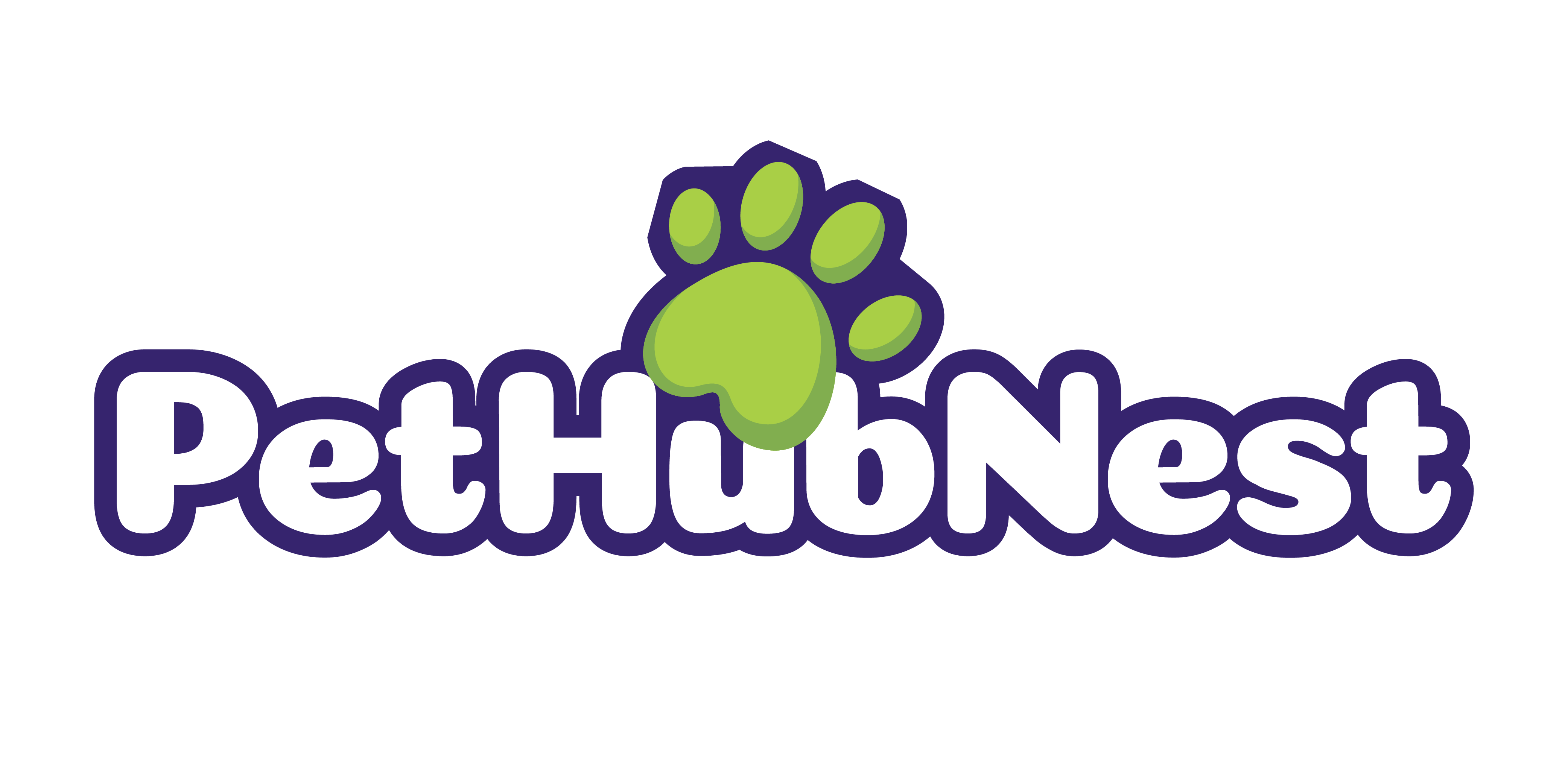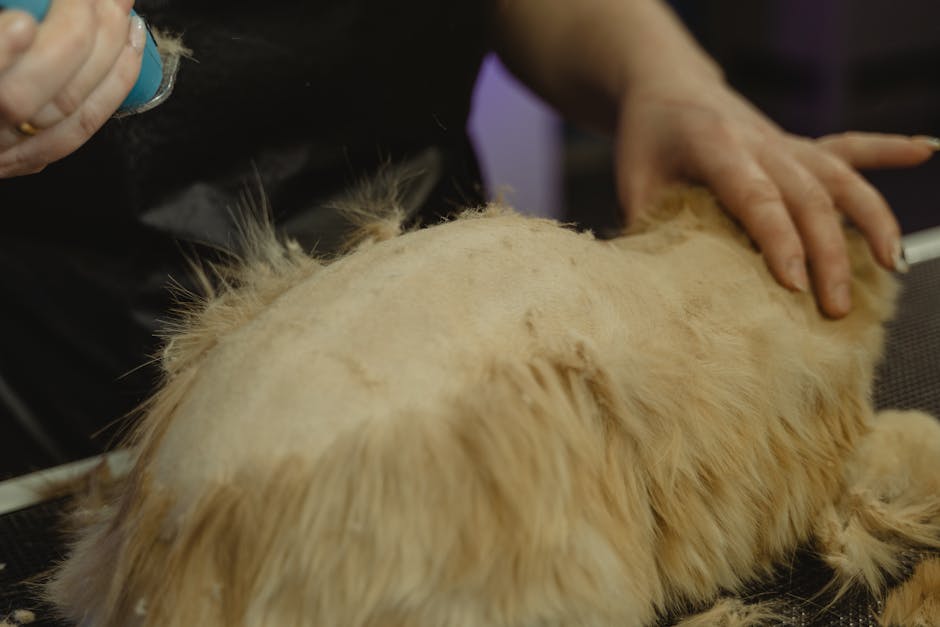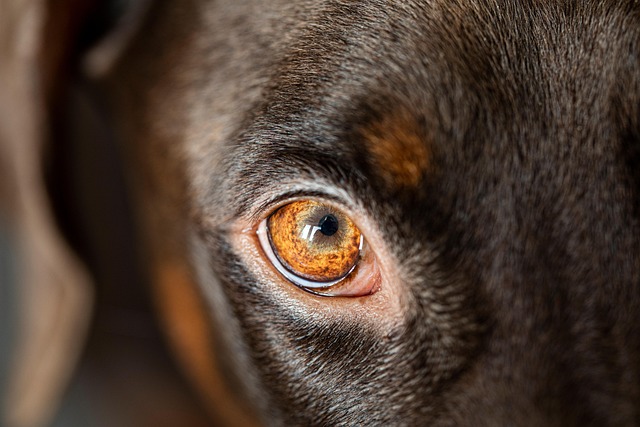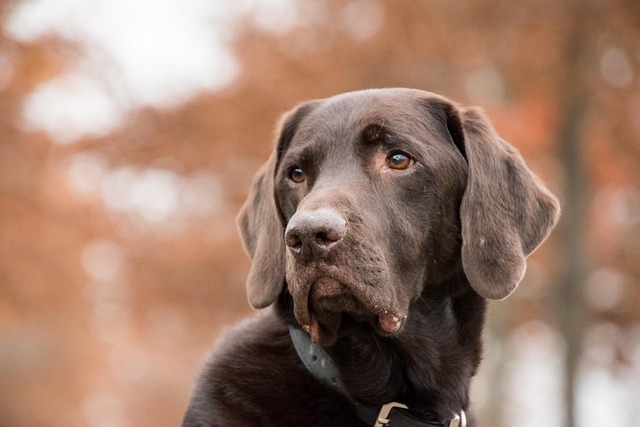Why Grooming at Home Matters
Grooming isn’t just about keeping your pet looking tidy—it’s basic maintenance for their health. Regular brushing keeps skin healthy, prevents painful mats, and helps catch issues like rashes or ticks early. Clean ears and trimmed nails reduce the risk of infection or injury. When you groom at home, you’re not just improving your pet’s comfort; you’re actively contributing to their long-term well-being.
But there’s more to it than hygiene. Grooming builds trust. When done right, it becomes a calm, positive routine that strengthens your connection. Your pet learns to feel safe in your hands. That trust carries over into vet visits, walks, training—it becomes part of the bond.
And let’s be honest—time and money matter too. Salon visits add up fast. Learning some basic at-home techniques won’t just keep your pet healthier; it’ll save you stress, dollars, and last-minute appointment scrambles. Equip yourself with the right tools and get hands-on. Your pet—and your wallet—will thank you.
Brushes and Combs for Every Coat Type
Grooming starts with one of the most essential categories of tools: brushes and combs. The right brush can make a world of difference in your pet’s comfort, coat health, and overall grooming experience.
Types of Brushes and Their Uses
Slicker Brushes
- Best suited for long-haired breeds like Golden Retrievers, Collies, or Persians
- Designed with fine, short wires close together to remove mats, tangles, and debris
- Great for detangling and smoothing thicker coats
Bristle Brushes
- Ideal for short-haired pets such as Beagles or Bulldogs
- Help remove loose fur and dirt while distributing natural oils
- Provide a gentle brushing experience that promotes a healthy shine
Undercoat Rakes and Deshedding Tools
- Critical during shedding season or for double-coated breeds like Huskies and German Shepherds
- Reach down to the dense undercoat to remove loose hair before it ends up on your furniture
- Look for tools with sturdy, skin-safe edges to avoid irritating the skin
How to Choose the Right Brush for Your Pet
- Coat Type is Key: Long, short, curly, and double-coats all require different tools.
- Brush Size: Choose a brush that matches your pet’s size and body type. Oversized brushes can be hard to maneuver on smaller animals.
- Handle Comfort: If you’re brushing frequently, choose ergonomic handles that reduce hand fatigue.
- Pet Sensitivity: Some pets are more sensitive to pressure or certain materials—opt for softer bristles for sensitive skin.
Selecting the right grooming brush isn’t just about convenience—it’s about keeping your pet’s coat healthy and free from painful tangles or mats. The right match boosts comfort and increases the likelihood your pet will actually enjoy grooming time.
Nail Clippers and Grinders
Keeping your pet’s nails trimmed isn’t just about looks—it’s about mobility, comfort, and injury prevention. Let’s break down the tools and techniques that matter.
Scissor-Style vs. Guillotine-Style Clippers
Scissor-style clippers work like basic scissors and are easier to control, especially for larger dogs and thick nails. They’re a solid go-to if you value a clean, quick cut.
Guillotine-style clippers have a hole you insert the nail into, and a blade slices from one side when you squeeze the handle. These can work well for smaller pets with thin nails but struggle with precision on larger dogs.
Bottom line: use scissor-style for durability and control—guillotine clippers are fine in a pinch, but not for every pet.
Nail Grinders for Smooth Results
Grinders use a rotating sanding tool to file down nails gradually. They’re great for smoothing rough edges and avoiding splits. If your pet hates the “snap” of clippers or you’re trying to get closer without risking the quick, grinders are worth your time.
Start slow. Let your pet hear the sound before it touches their paw. A quick pass every few weeks is better than an aggressive session once a quarter.
Signs Your Pet’s Nails Are Too Long
You shouldn’t hear nails clicking on the floor. If your pet’s posture looks off or they hesitate on tile and hardwood, long nails might be the issue. Check for curling, splitting, or red, irritated nail beds.
Avoiding the Quick
The quick is the nerve-and-blood-vessel core inside the nail. If you cut into it, expect bleeding and a fast ticket to distrust from your pet.
Trim just the tip—not too deep. In dogs with light nails, the quick is usually visible as a pink area. In darker nails, take it slow, trimming a little at a time until a gray or white circle appears at the center of the cut nail—stop there. Keep styptic powder on hand just in case.
When done right, nail care isn’t a battle. It’s just another way to keep your pet safe, confident, and calm.
Bathing Essentials
Keeping your pet clean doesn’t mean stripping their skin or stressing them out. The right tools make bath time less of a hassle—for both of you.
Start with pet-safe shampoos and conditioners. Avoid anything with artificial fragrances, sulfates, or parabens. Look for gentle, pH-balanced formulas that mention oatmeal, aloe vera, or coconut-derived cleansers. Anything labeled for humans should stay out of the tub.
Rubber bath brushes are a quiet MVP in the wash process. They loosen dirt, exfoliate gently, and give a little massage while you’re at it—kind of a spa day vibe, minus the luxury pricing. They also help the shampoo lather better.
After rinsing, skip your old cotton towel. Microfiber towels are super absorbent, cut drying time fast, and are easier on your pet’s skin. Plus, less wriggling and running around the house soaking wet? Always a win.
For those times when a full bath isn’t an option (or would cause a meltdown), dry shampoos and pet wipes are a quick fix. Choose unscented or lightly scented versions meant specifically for animals. They won’t replace a real bath, but they’ll help your pet look and smell clean between washes.
Use what works, skip what doesn’t—just make sure every product earns its spot in your grooming routine.
Ear and Eye Care Tools
Taking care of your pet’s ears and eyes isn’t just about appearance—it’s key to their health and comfort. Regular cleaning can prevent infections, alleviate irritation, and reduce buildup that causes discomfort or long-term issues.
Ear Care: What’s Safe and What’s Not
Keeping your pet’s ears clean requires the right products and methods. Always choose items specifically designed for pets—human ear cleaners or cotton swabs can do more harm than good.
Recommended Ear Care Tools:
- Alcohol-free, vet-approved ear cleansers
- Soft cotton pads or gauze (never cotton swabs)
- Optional: ear powder for dogs prone to excessive moisture or wax
What to Avoid:
- Hydrogen peroxide or alcohol-based products (can dry or irritate sensitive tissue)
- Forceful cleaning or inserting swabs deep into the ear canal
Eye Wipes vs. Saline Solution
Tear stains and eye discharge are common, especially in certain breeds. Cleaning your pet’s eyes gently helps prevent buildup and possible infections.
Best for Daily Use:
- Pet-specific eye wipes: soft, unscented, and moisturizing
- Sterile saline solution: great for flushing out dust or light debris
Choose Based on Your Pet’s Needs:
- Eye wipes are ideal for regular cleaning and tear stain removal
- Saline solution works well for rinsing irritants and is safe for sensitive eyes
Cleaning Frequency and Warning Signs
Routine Schedule:
- Clean ears every 1–2 weeks depending on breed and activity level
- Clean eyes daily or as needed—especially for breeds with heavy tearing or flat faces
Keep an Eye Out For:
- Redness, foul odor, excessive scratching or head shaking (may indicate an ear infection)
- Yellow-green discharge or excessive tearing (can signal an eye problem)
If you notice any of these symptoms, pause home grooming and consult your vet immediately. Gentle maintenance is a good habit, but medical issues need professional care.
Grooming Scissors and Clippers
When it comes to grooming your pet at home, not all scissors are created equal. Straight scissors are your go-to for baseline trimming—think paws, tails, and straight edges. Curved scissors make it easier to follow the natural contour of your pet’s body, especially around joints and the face. Thinning shears are perfect for blending and softening those cuts, so your dog doesn’t come out looking like a geometry project.
Cordless clippers are a game changer for at-home trims. They’re quieter, lightweight, and far easier to maneuver around wiggly pets. Look for models with multiple blade options and adjustable speeds. If you’re just starting out, stick to ones that include safety guards—those plastic guards snap on to help avoid accidental nicks while you’re learning the ropes.
Speaking of safety, the key isn’t just the tools—it’s the approach. Always brush out tangles before trimming to avoid painful snags. Work in a quiet, comfortable spot, and keep sessions short if your pet seems anxious. Go slow around sensitive zones like armpits and groin. If your pet starts fussing, give it a break. A clean cut isn’t worth a stressed-out animal.
With the right pair of scissors, a solid clipper, and a bit of patience, you can handle basic grooming at home like a pro—and your pet will look and feel better for it.
Toothbrushes and Dental Hygiene Products
Dental care isn’t optional—it’s fundamental. Your pet’s mouth is a direct line to their overall health. That means brushing isn’t just for show; it actually lowers their risk of heart, kidney, and liver issues down the road.
Start simple: finger toothbrushes let you feel what you’re doing, offering more control, especially for smaller pets or those new to brushing. Long-handled brushes give you reach and leverage, making them better for larger dogs or those that are used to the routine. Pick based on size, comfort, and your pet’s temperament.
The rule is strict here—never use human toothpaste. It can contain xylitol or fluoride, which are toxic to animals. Stick with pet-specific formulas that are safe to swallow and often flavored to please picky tongues (think poultry or peanut butter).
Consistency, not perfection, is what helps. Brushing a few times a week can make a big difference, especially when paired with extras like dental chews or enzyme-infused water additives. These aren’t replacements, but they do give your efforts a boost between brushings. Routine dental care now means fewer vet bills (and cleaner kisses) later.
Smart Tools for Smarter Care
Grooming isn’t just about brushes and baths anymore. With the right smart tools, you can enhance your pet’s care with better data, comfort, and convenience. These modern devices are especially helpful for pet owners who want to track progress, reduce anxiety, and stay ahead of potential wellness issues.
Tracking Health with Digital Scales
Keeping your pet at a healthy weight is a critical part of overall well-being. Subtle weight changes can indicate emerging health problems, especially in smaller breeds or aging pets.
- Digital pet scales provide accurate weight tracking
- Ideal for monitoring pets on special diets or with medical conditions
- Combine with feeding logs or apps to track food intake and weight trends
Grooming Gloves for Nervous Pets
For anxious or grooming-shy pets, traditional brushes can feel intimidating. Grooming gloves offer a gentler way to care for their coat while doubling as a bonding activity.
- Designed to mimic petting while removing loose fur and debris
- Great for short-haired dogs and cats
- Ideal for first-time groomers or rescue animals still adjusting to touch
- Can be used during bath time or dry sessions
Smart Collars for Holistic Grooming Routines
Smart pet collars go beyond tracking location—they can offer insights into your pet’s health and activity. While not grooming tools in the traditional sense, they complement your care routine by highlighting patterns that may signal physical changes.
- Some models track activity, rest cycles, heart rate, and even mood changes
- Alerts can help detect unusual behavior that may require grooming attention (e.g., scratching, inactivity)
- Advanced models pair with mobile apps for long-term monitoring
- Option to set reminders for grooming tasks like brushing or nail trims
For a deeper look at how smart collars enhance grooming and wellness:
See more in-depth: Smart Pet Collars – Features and Benefits
Final Grooming Advice
Grooming your pet isn’t just about keeping them clean—it’s a routine that builds trust over time. Stick to a schedule, even if it’s basic. Your dog or cat learns what to expect and when, which lowers stress and makes each session go smoother.
Pay attention to how your pet reacts. Tail flicks, paw pulls, lip licks—these small cues can tell you when your pet’s had enough or if they’re uncomfortable. Learning to read their body language helps you pause before the stress builds up.
Lengthy grooming sessions can do more harm than good. Keep them short and consistent. Five minutes a few times a week beats an hour-long ordeal once a month. It’s less overwhelming for your pet and easier for you to manage.
Finally, know your limits. If something looks off or if the grooming gets tricky—think matted fur near the skin or a pet that lashes out—call in a vet or professional groomer. A bad cut or a missed health sign isn’t worth the risk. Grooming is care, not combat.
Wrap-Up
Grooming isn’t just about appearance—it directly impacts your pet’s health and comfort. A well-groomed cat or dog is less likely to suffer from skin issues, matting, overgrown nails, or dental problems. They feel better, they act better, and frankly, your couch thanks you too.
Having the right tools makes a big difference. It cuts down time, reduces stress (for both of you), and helps you stay consistent. You don’t need a full salon setup to start—just the basics that suit your pet’s breed and needs. From there, you’ll figure out what works best by paying attention and adjusting.
Grooming is a long game, not a one-time fix. Start small, stay regular, and keep your pet comfy every step of the way.


 Norvella Neythanna is the co-founder and author at pethubnest She blends her passion for pets with her interest in technology, covering innovative products and ideas that transform pet care.
Norvella Neythanna is the co-founder and author at pethubnest She blends her passion for pets with her interest in technology, covering innovative products and ideas that transform pet care.


